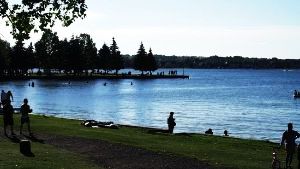Places to visit in Kerala
Things to do
Packages
Ideal Days
Best time to visit
Q&As
About Kollam
An ancient port, well-known to the sea-faring Romans, Chaldeans, Phoenicians, Chinese, Arabs and others of yore, Kollam has a history that goes back well beyond the beginnings of the Christian era.
In the early 9th century, Kollam was the capital of the kingdom of Venad, and it was here, in 825 CE that the Malayalam calendar, Kolla Varsham, was introduced. Marco Polo, in his wanderings visited the city in the 13th century and Ibn Battuta, the Arab traveller, in the 14th century. In 1502, Afonso de Albuquerque established Portuguese rule in Kollam. This lasted till 1661 when power passed to the Dutch East India Company. The kingdom of Travancore briefly held sway in the 18th century before giving way, in 1795, to the British.
Kollam is home to centuries-old temples, churches and mosques, including the 400-year-old Ananda Valleeshwaram Sri Mahadevar Temple, the Infant Jesus Cathedral built by the Portuguese in 1614, and the 300-year-old Juma'Ath Palli at Karuva, which houses the mortal remains of a Sufi saint, Syed Abdur Rahman Jifri.
WHAT TO SEE
Tangasseri: Situated roughly 5 km from Kollam city centre, the seaside village of Tangasseri was established as a centre for the pepper trade by the Portuguese in 1502.
The ruins of St Thomas Fort, built in 1517 by the Portuguese -- and destroyed in later wars with the Dutch – is a popular tourist spot. The remains of Dutch forts, built after they took over in 1661, can also be seen in the area.
The Portuguese-built Infant Jesus Church remains as a reminder of Portuguese rule. The old cathedral was replaced by a new one in 2005 and attracts a large number of visitors throughout the year.
The 144-foot-tall lighthouse, standing on a 3 km stretch of beach, and the Tangasseri fishery harbour, of relatively recent advent, are also worth a visit.
Ashtamudi Lake: A unique wetland ecosystem, listed among wetlands of international importance, Ashtamudi named for its eight ‘limbed’ shape Lake is among the most visited spots in Kerala. Considered to be the gateway to Kerala’s backwaters, it is well known for its houseboats and backwater resorts.
The palm-fringed lake, with Kollam on its right bank, provides a source of livelihood to individuals engaged in fishing, coir making and inland navigation services, among others. It also offers crucial support to commerce as a channel of transportation for the cashew trade as well as marine products.
Luxury houseboats operate on the lake and boat cruises from Kollam to Alapuzha take visitors on a memorable trip – often 8 hours long -- winding through lakes, canals and water-bound villages.
Thevally Palace: Built in the early 19th century, during the regency of Gowri Parvathi Bhai of Travancore, on the banks of Ashtamudi lake, the Thevally Palace is an uncommon amalgam of British, Dutch and Portuguese styles of architecture.
An important historic monument, considered by many to be the hallmark of Kollam, it sadly does not appear to receive the respect it deserves. Occupied today by the National Cadet Corps and used as their Kollam district headquarters, it is operated by the Public Works Dept., with its glory a somewhat distant memory.
Jatayu Earth Centre: The Jatayu Earth Centre, or Jatayu Rock, is a rock-themed nature park and tourism centre, situated at an altitude of 350m 1200ft above sea level.
It is home to the world’s largest bird sculpture, sculpted by Rajiv Anchal, which measures 200 feet 61 m in length, 150 feet 46 m in width, 70 feet 21 m in height and covers 15,000 square feet 1,400 m2 of floor area.
The first public–private partnership tourism initiative in Kerala, it was opened to visitors in August 2018.
Neendakkara: Located 7 km away from Kollam, this fishing harbour is among the largest in the state. An Indo- Norwegian project, it attracts visitors to watch the ‘Chaakara,’ a peculiar marine phenomenon in which many fish and prawns throng together during a particular season – to be caught by waiting fisherfolk.
WHAT TO DO:
Besides its rich historical and cultural traditions, Kollam is also a destination where you can explore Kerala’s famed backwater experience. Ashtamudi is especially frequented among such travellers. We would recommend a weekend on a houseboat in Ashtamudi as a great way to unwind.
What to eat: Apart from local – and spicier -- variations of traditional Kerala cuisine, Kollam has some special delicacies of its own. Pearl fish, or Karimeen, is a time-honoured favourite. Usually wrapped in banana leaves and baked with spices, it is a sea-food lover’s delight. Also from this part of Kerala, chef Suresh Pillai, of Master Chef UK fame and Culinary Director at Raviz, has made his Kollam mutton curry, a magical interpretation of a standard dish, a work of culinary art.
What to buy: Kollam is also known as the ‘Cashew Capital of the World’ and cashews from Kollam would be something you could carry home.
Getting around: Both autos and cabs are available for hire at Kollam. But if you choose an autorickshaw, be prepared to haggle for the best price.
Where to stay: From the 5-star properties like Raviz Resort & Spa, to 4-star and 3-star hotels, heritage homestays and exotic luxury houseboats, Kollam gives visitors a wide range of accommodation options.
The best time to visit: Kollam, like the rest of Kerala, rests in the tropical embrace of the monsoon and experiences only minor variations in temperature throughout the year. The dry season, from December to March, typically has less than 60 millimetres of rain a month, while the period from April to November receives considerably more rain, particularly at the peak of the Southwest Monsoon in June and July.
How to get there: Kollam Railway Junction, the second largest in Kerala, provides rail links to all major cities and towns in India. Of these, the famed Kollam – Egmore line -- once metre-gauge, later changed to broad gauge – takes historic pride of place. An engineering marvel of its time, it runs to neighbouring Tamil Nadu, across arched bridges and long tunnels bored through the Western Ghats. Access for air travellers is available through Thiruvananthapuram Airport over 50 km away or through Kochi Airport, even further away, in the south. Road connectivity extends to all parts of Kerala and its neighbouring states. Unlike most other places, Kollam by virtue of the water bodies and backwaters amidst which it is ensconced offers visitors a fourth option – water transport. Several of the houseboat and boat-cruise alternatives offered by tour operators feature journeys, long and short, through these inland waterways, with the 205 km long National Waterway 3 or West Coast Canal being the best known. Regular ferry services operate between Kollam and Alleppey along this route.






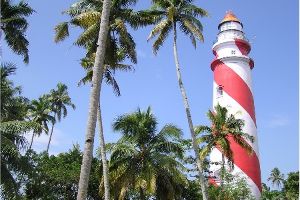

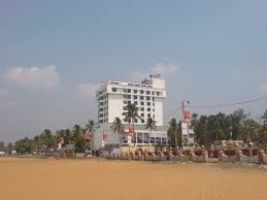
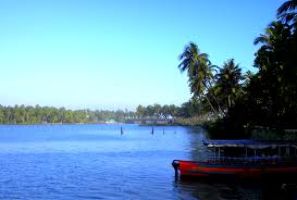


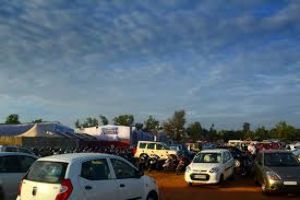






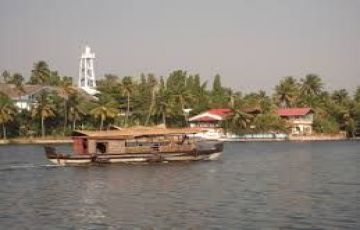




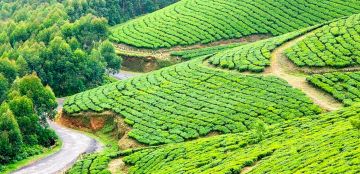



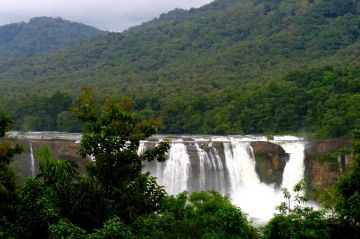










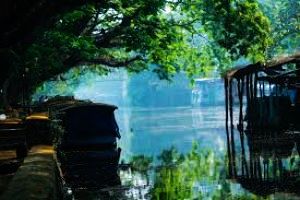



_1509646944m.jpg)
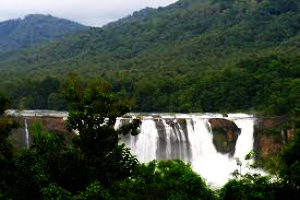

_1514142523m.jpeg)


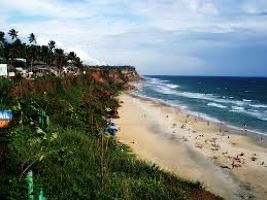










 in the early Morning_1487764871m.jpg)

_1509342789m.jpg)








